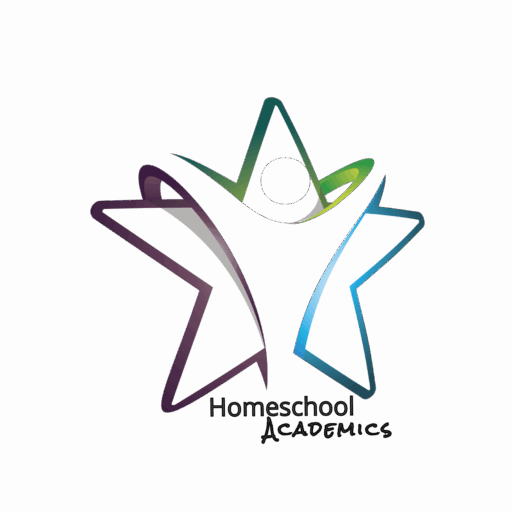Microschools are small, student-centered learning environments that blend elements of homeschooling, private education, and traditional classroom instruction. Typically serving between 5 and 15 students, microschools offer a highly personalized approach to teaching, often with mixed-age groupings and flexible curricula tailored to meet the individual needs and interests of each child.
The concept of microschools isn’t entirely new—it echoes the one-room schoolhouses of the past—but it has gained popularity in recent years as families seek more adaptable, community-driven alternatives to conventional schooling. These learning spaces can operate independently, be hosted in homes, churches, or community centers, or partner with educational organizations that provide curriculum and support.
One of the defining features of microschools is their flexibility. Educators or facilitators may use a blend of hands-on projects, online platforms, and real-world experiences to create a meaningful and engaging educational experience. With smaller class sizes, students receive more individualized attention, and teachers have greater autonomy in instructional methods.
Microschools appeal to a diverse range of families, including those seeking more inclusive learning environments, those dissatisfied with local school options, or those looking for a secular or values-based education. While not formally regulated in many areas, they may fall under homeschooling laws or private school statutes, depending on the state.
Ultimately, microschools offer an innovative path that reimagines what education can look like—more personal, more flexible, and often more connected to the learner’s community and interests.


